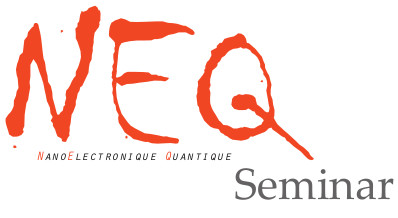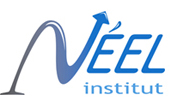- Accueil
- Institut Néel
- Équipes de recherche
- Pôles & Services techniques
- Travailler à l’institut
- Partenariats
- Actualités
- Agenda
- Annuaire

Résumé : Adiabatic passage is a powerful control technique atomic physics which is gaining interest also in the solid-state realm since it implements quantum operations which are very robust against parametric fluctuations. We exploit the application of coherent techniques as coherent transport by adiabatic passage (CTAP) or stimulated Raman adiabatic passage (STIRAP) in quantum architectures where the robustness of the protocols may determine key advantages for selected tasks(1,2). As a first example we discuss quantum operation for modular computing in ultrastrongly coupled structures of artificial atoms (3) studying the design of ultrafast operations between different QPUs. Faster dynamics has a cost since USC breaks the symmetry associated with the conservation of the number of excitations, leading to a series of fundamental physical effects but detrimental for quantum state processing. In particular the highly entangled nature of the eigenstates, dressed by a potentially very large number of virtual photons, leads to leakage of excitation via the dynamical Casimir effect (DCE). We show that CTAP-like manipulation ensure the suppression of unrecoverable errors due to the dynamical Casimir effect and can be crafted in a way that other errors due to couterrotating interaction can be corrected. We study state-trandfer between QPUs and protocolls performing SWAP gates and N-qubit entanglement sharing. We address quantification of performaces by quantum communication theory (4). A second example is noise classification in multilevel quantum structures where we propose a STIRAP-based supervised learning procedure to recognize energy-correlations of noise and their relation to the Markovianity of the environment (5). (1) Jonathon Brown et al 2021 New J. Phys. 23 093035 (2) L. Giannelli, et al. 2024 Phys. Rev. Research 6, 013008 (3) L. Giannelli et al. Il Nuovo Cimento C 45-6, 171 (2022); G. Falci et al., in preparation (2025). (4) S. Cordovana et al., to be published in EPJ-ST (2025). (5) S. Mukherjee, et al., Machine Learning: Science and Technology 5, 045049 (2024) arXiv:2405.01987
